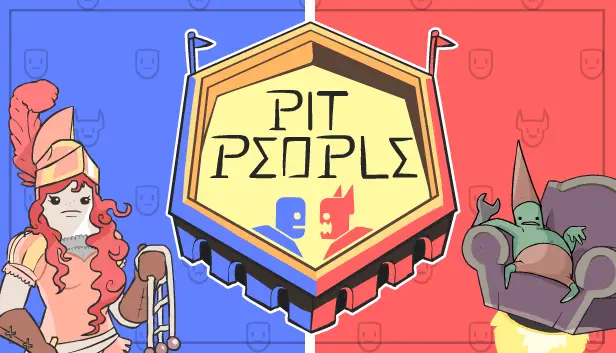If you want to do better in PvP matches, having good teams is key, no matter how skilled you are. This guide aims to help you enhance your teams.
I’ll walk you through my way of creating teams, explaining how to assemble units and providing examples of effective teams.
The most important thing to remember from this guide is the 3-2-1 rule. That means using 3 of one unit, 2 of another unit, 그리고 1 final unit as the hero. 사용 3 of the same unit takes advantage of their natural synergy. 그 다음에, having 2 of another unit can cover weaknesses or enhance the team’s synergy. The final unit is often a cupcake or mushroom, as they are two of the best heroes in the game. Choose the one that works better with your team.
It’s crucial to note that this guide focuses on 1v1 matches. For 2v2s, you can generally expand on this approach to create solid teams. Keep in mind that what works well in PvP may not be suitable for quests, 그리고 그 반대.
그만큼 3 – 2 – 1 규칙
The biggest mistake I often notice players making is putting one of every unit they can find on their team, believing it gives them solutions for any situation due to the variety of units. 하지만, the truth is, if you bring such a diverse team into PvP and face someone with, 예를 들어, 6 pixies, having only 1 단위, like an electro bot, to deal with all 6 pixies is a tough challenge. The pixies will easily take down the rest of your team, and your electro bot will get overwhelmed by the sheer number of pixies.
Example of a BAD team:
Consider that 6 Pixies, while a formidable team, can be easily defeated by teams that naturally counter pixies, such as those equipped with electric weapons, electro bots, and kobolds, or teams composed of bows and mortars. Countering the entire pixie team requires just a few of these specific elements. 그래서, even though 6 pixies are powerful, countering them is not overly difficult.
지금, let’s apply the 3-2-1 rule to this team. 대신에 6 pixies, you’ll find that 3 pixies can achieve the same results. 이것은 떠난다 3 unit slots to fill with something else. Let’s try 2 sets of kobolds to handle troublesome archers and add a hero cupcake to provide support and keep the team alive. The result is a team that not only replicates the success of the 6 pixie team but also surpasses it by defeating ranged human teams and other pixie teams, thanks to the fire resistance of kobolds. This revised team is now vulnerable only to electro bot teams and some kobold teams.
Example of a good team:
When forming your team, you have the freedom to choose units for your 3 unit slots and 2 unit slots based on what you believe works well together. Experiment with different combinations in this format. 하지만, when it comes to the last unit slot, your hero, the game offers two solid options: cupcakes and mushrooms.
Cupcakes play a crucial role in keeping your team alive due to their effective healing abilities. If your team includes units like Electro bots or Zombies that don’t benefit from cupcake healing, it’s advisable to use a Mushroom as your hero. This ensures that your team remains well-supported and adapted to the specific needs of your chosen units.
More Examples of teams:
It’s important to understand that the 3-2-1 rule is just a set of guidelines. There are plenty of highly effective teams that deviate from this rule, such as those with 2 of one unit, 2 of another, a hero, and a ranged unit. 대안으로, some successful teams feature 3 of one unit and 3 different units for the final 3 슬롯. Following the 3-2-1 rule is intended to be a starting point for team creation and doesn’t guarantee a successful team. 궁극적으로, the only way to determine if your team is good or not is by testing it in the pit. Experimentation and observation in actual gameplay will reveal the true strengths and weaknesses of your team composition.
이것이 오늘 우리가 공유하는 모든 것입니다. Pit People 가이드. 이 가이드는 원래 작성자가 작성하고 작성했습니다. Jeb. 이 가이드를 업데이트하지 못한 경우, 다음을 수행하여 최신 업데이트를 찾을 수 있습니다. 링크.






